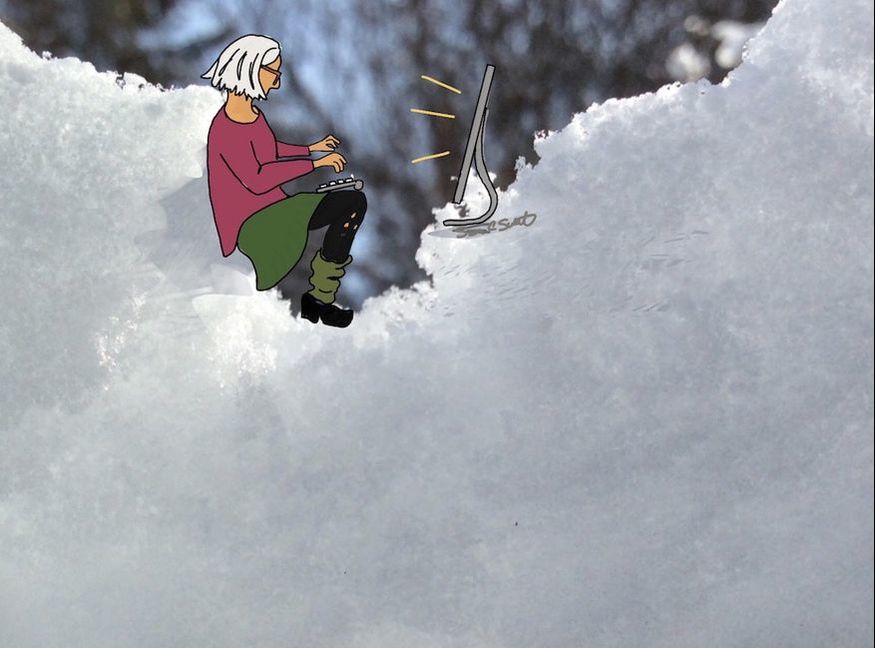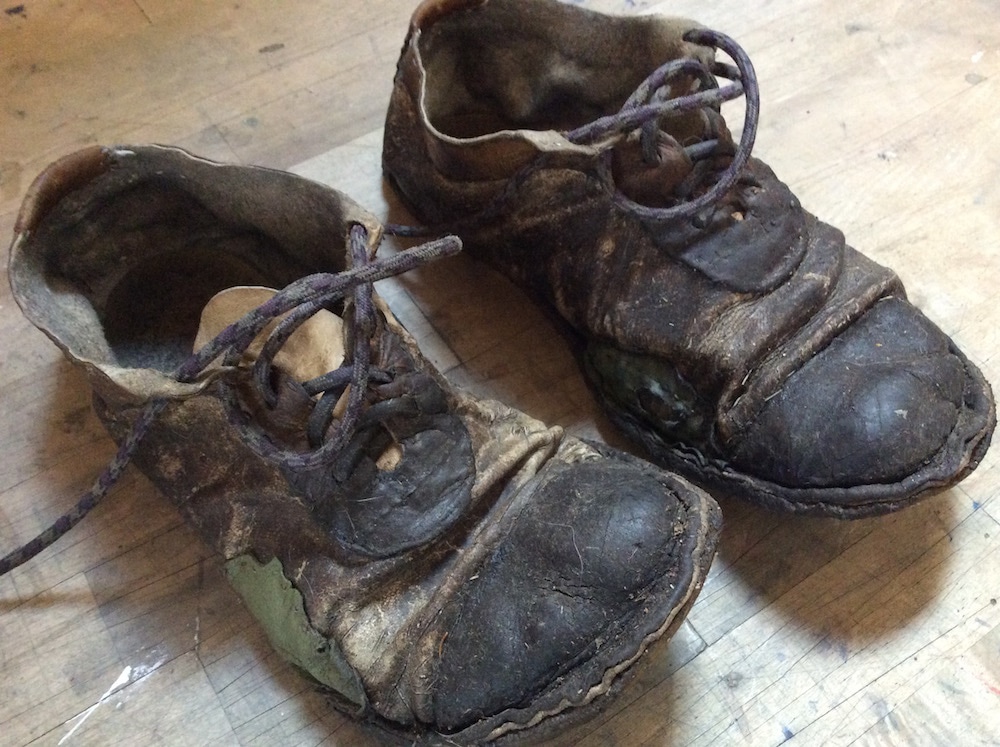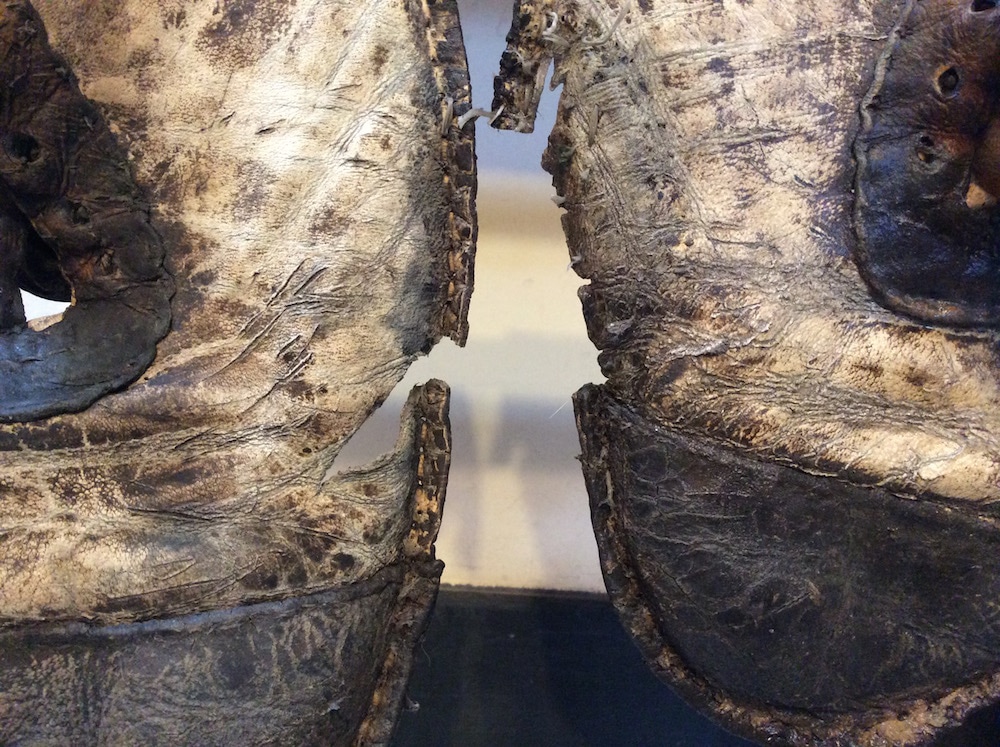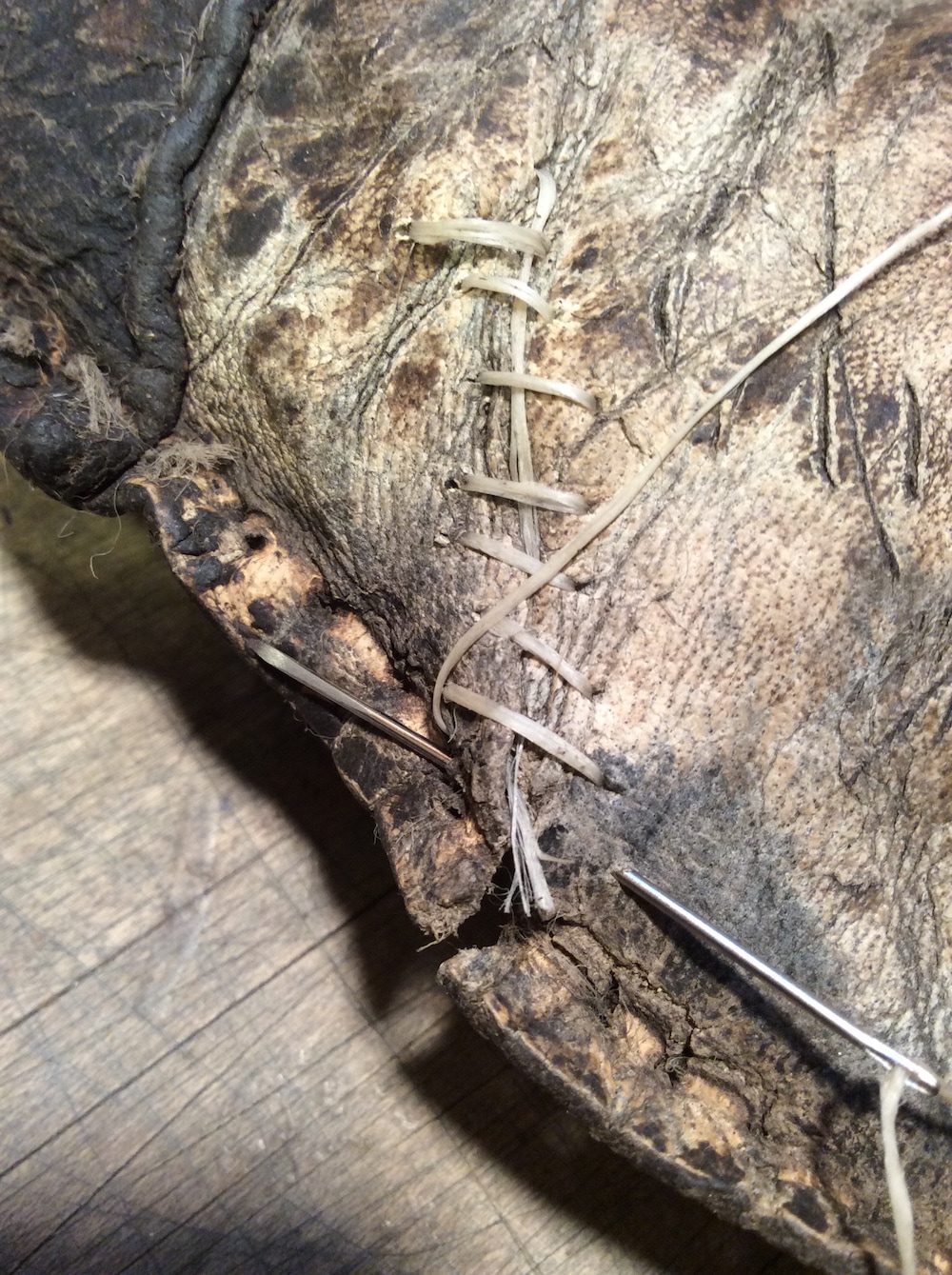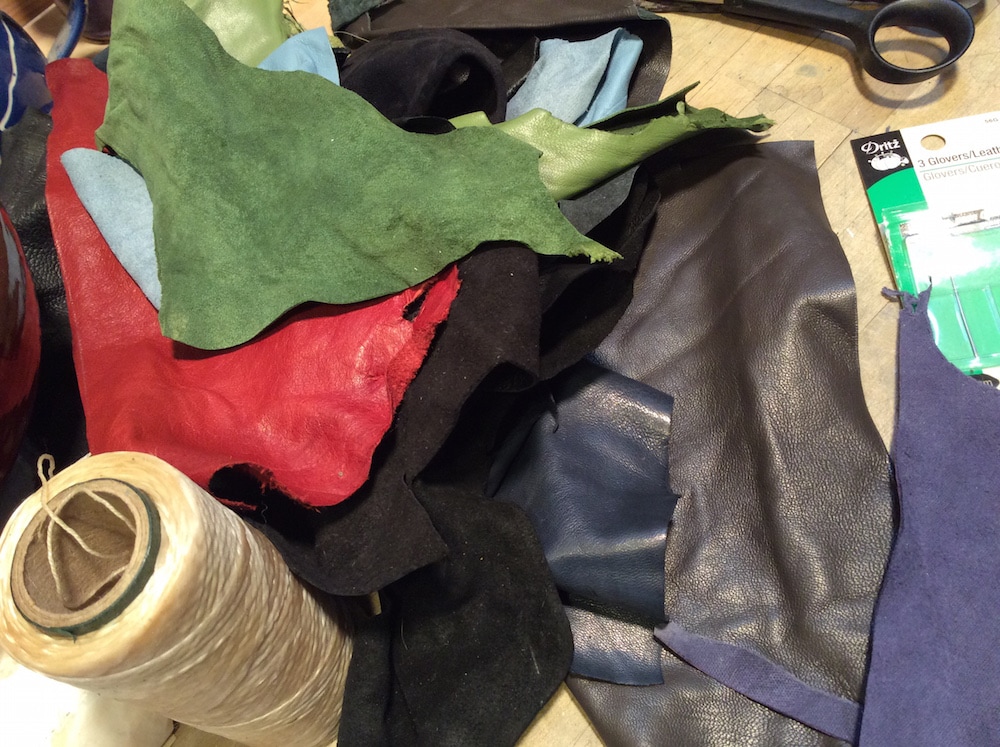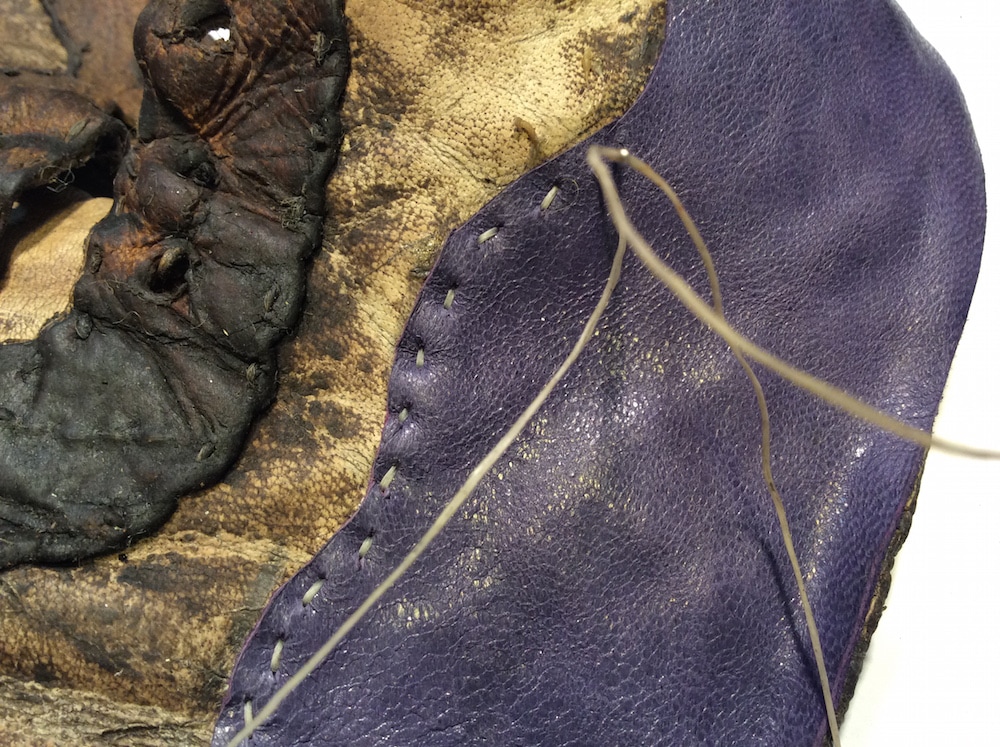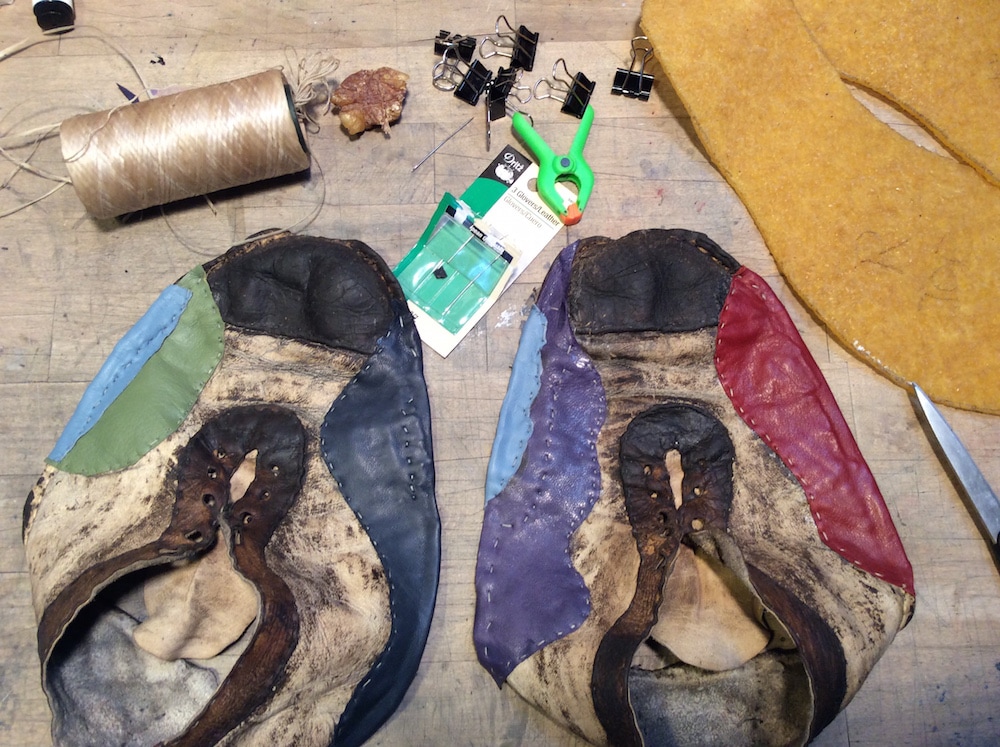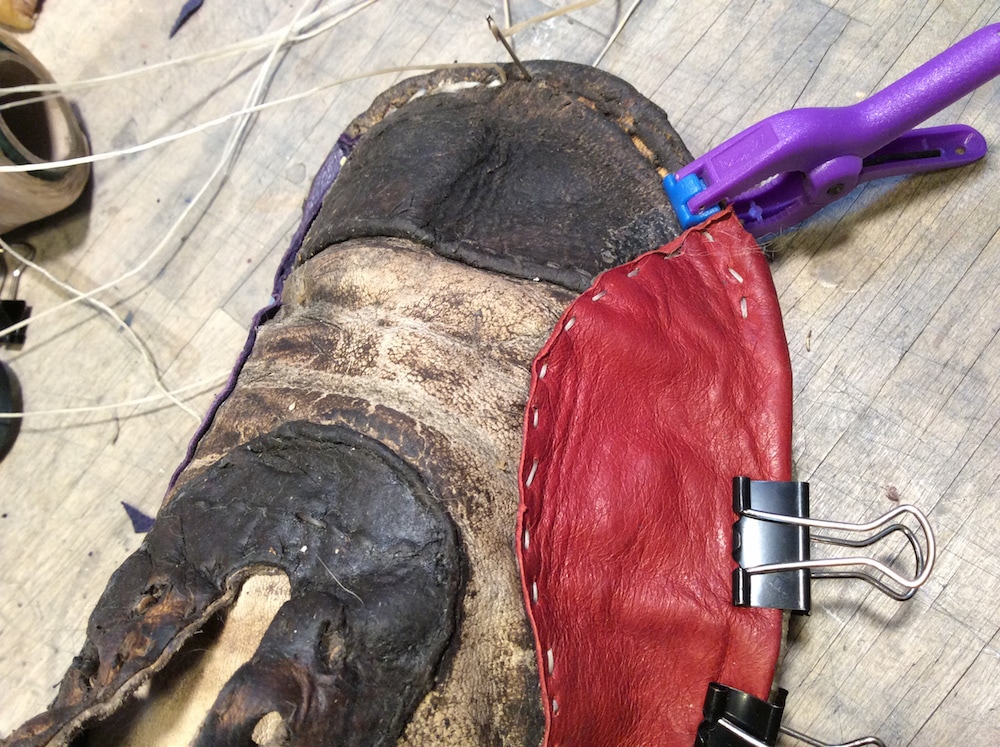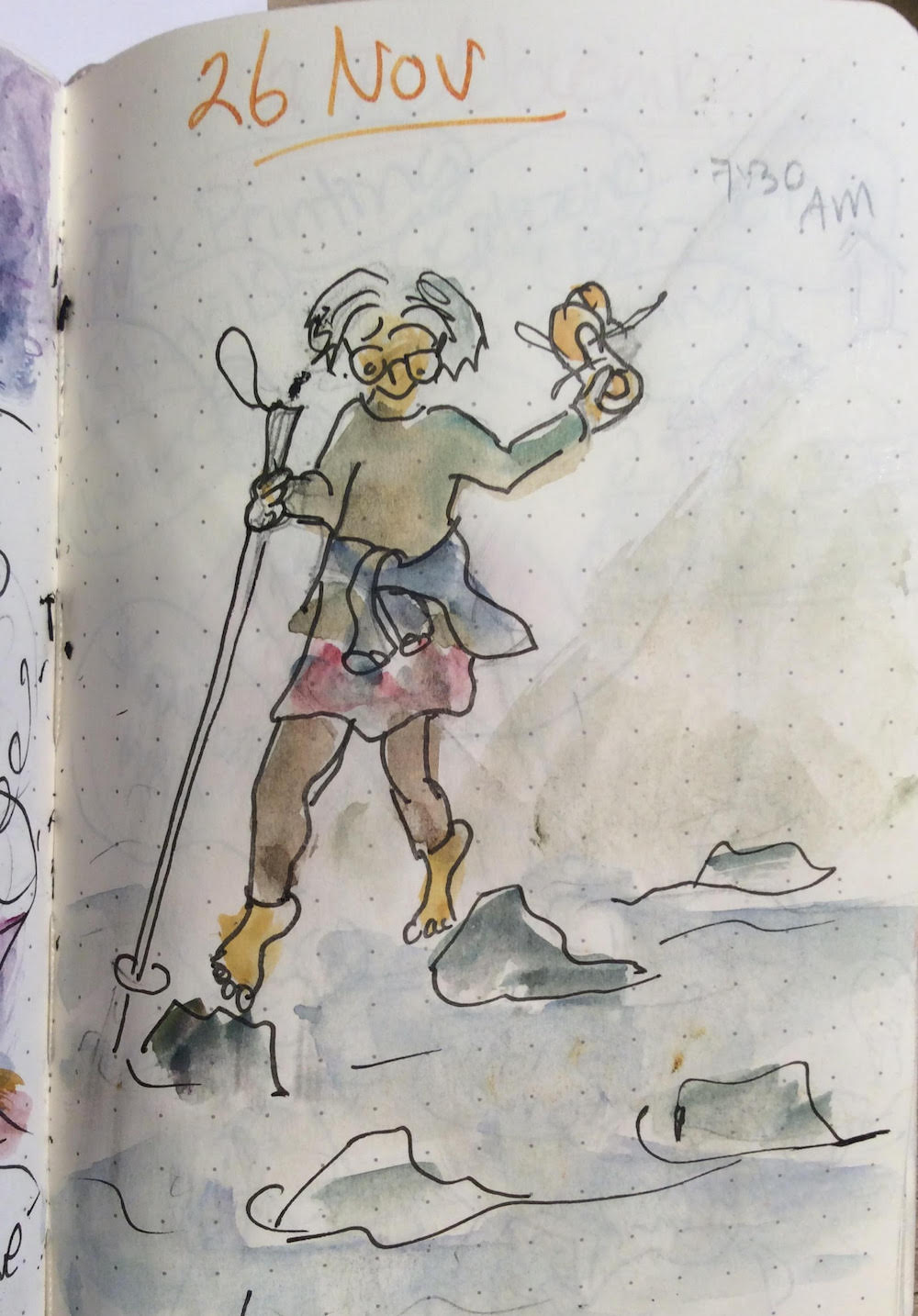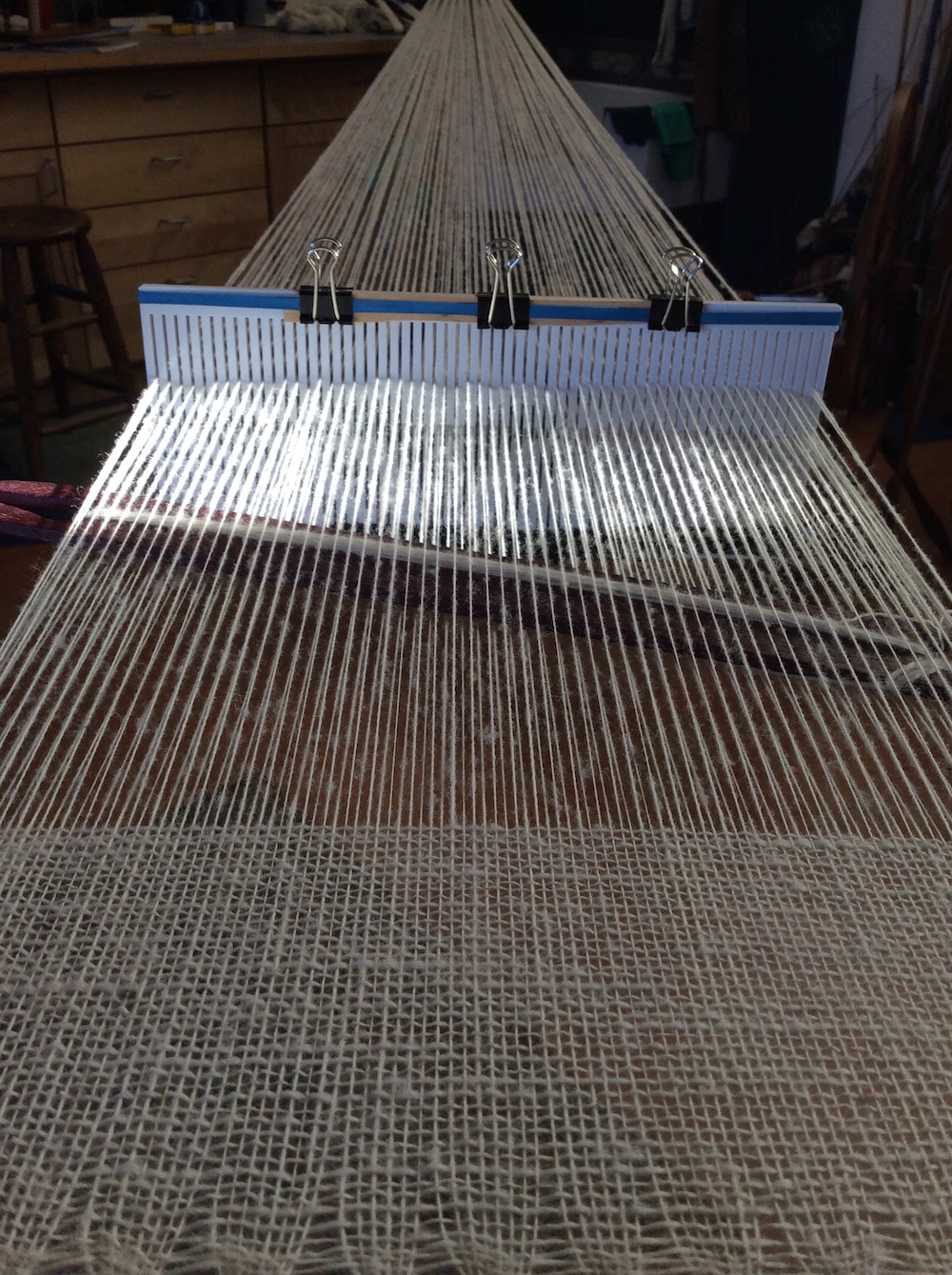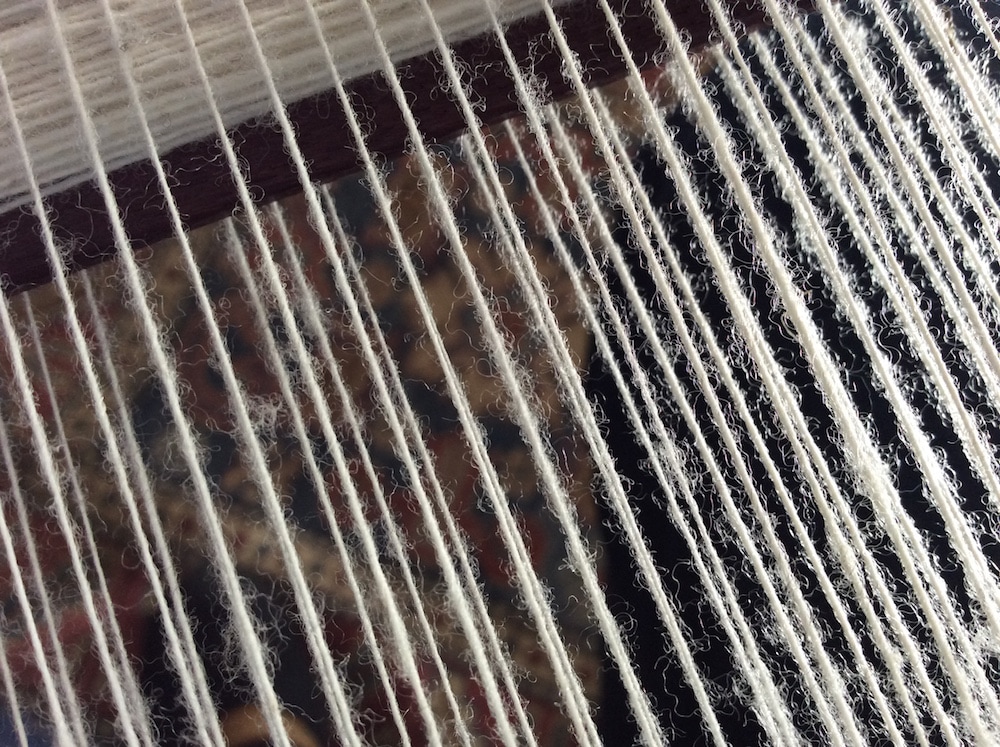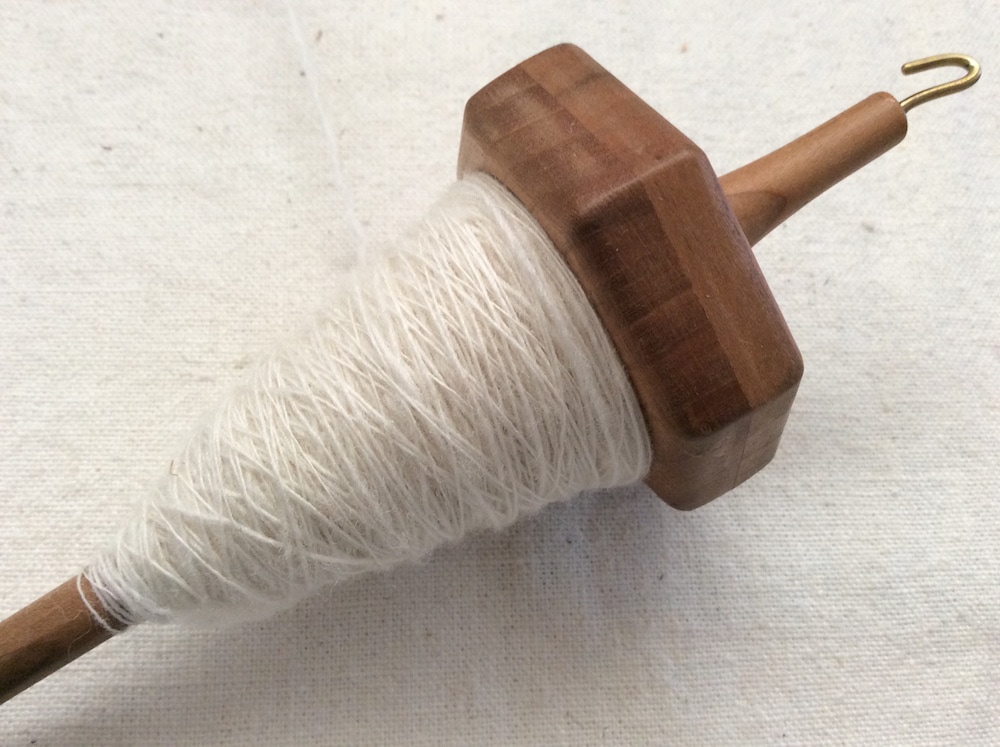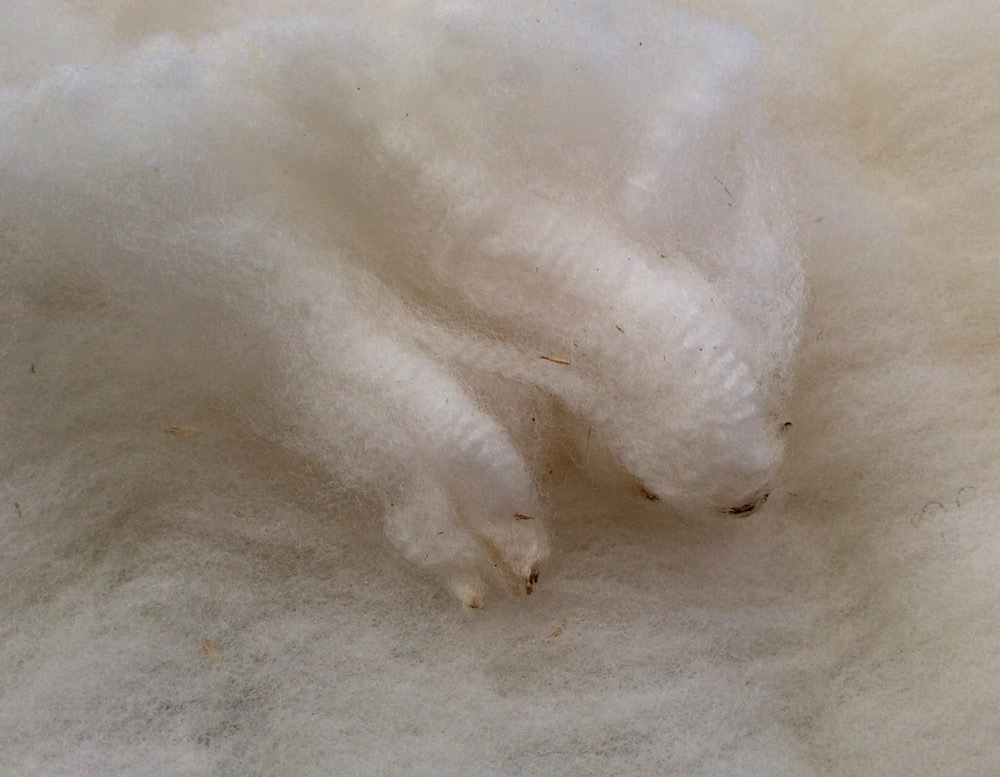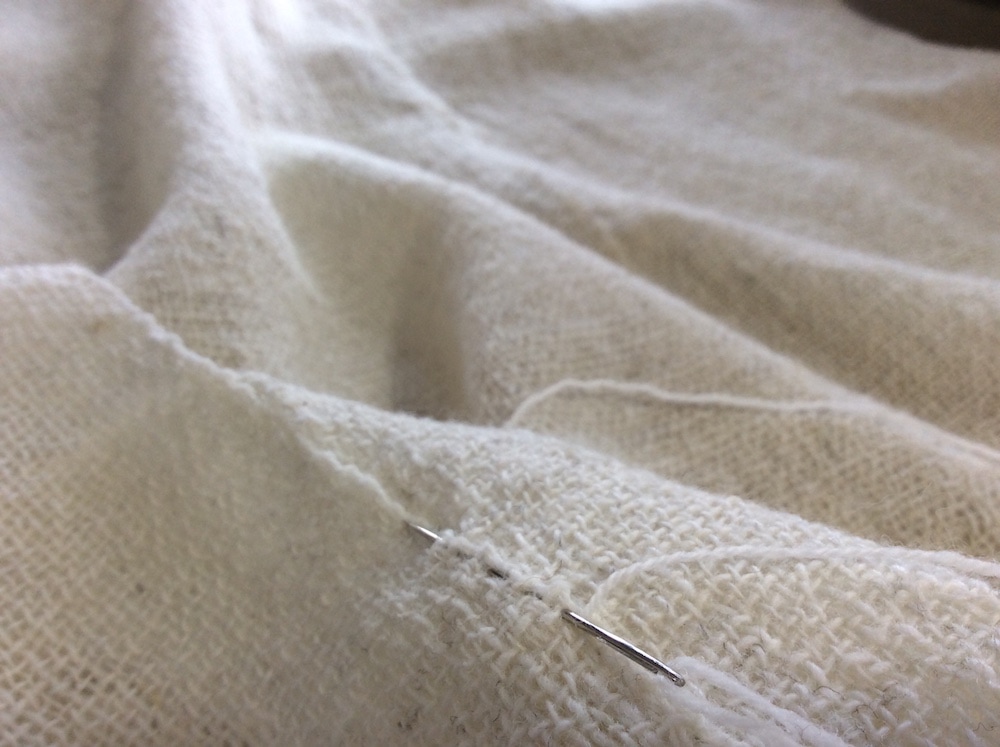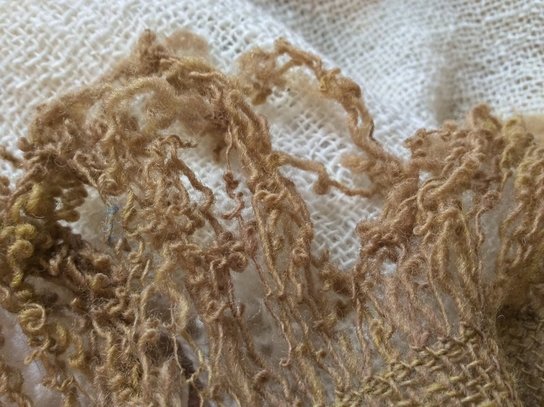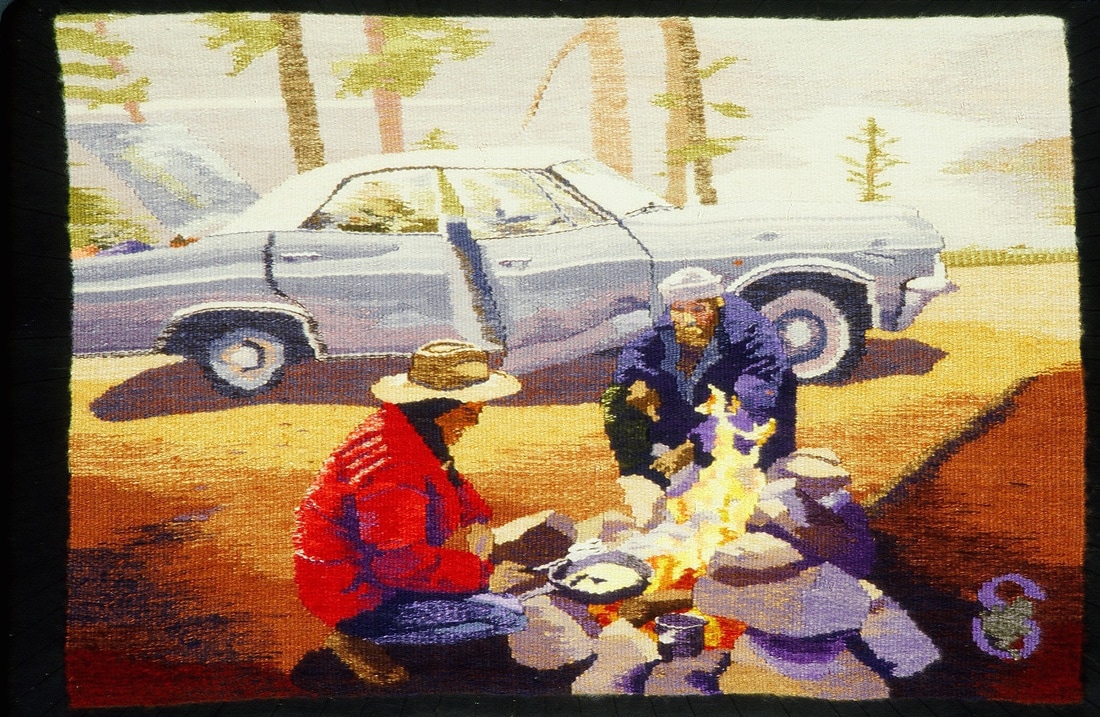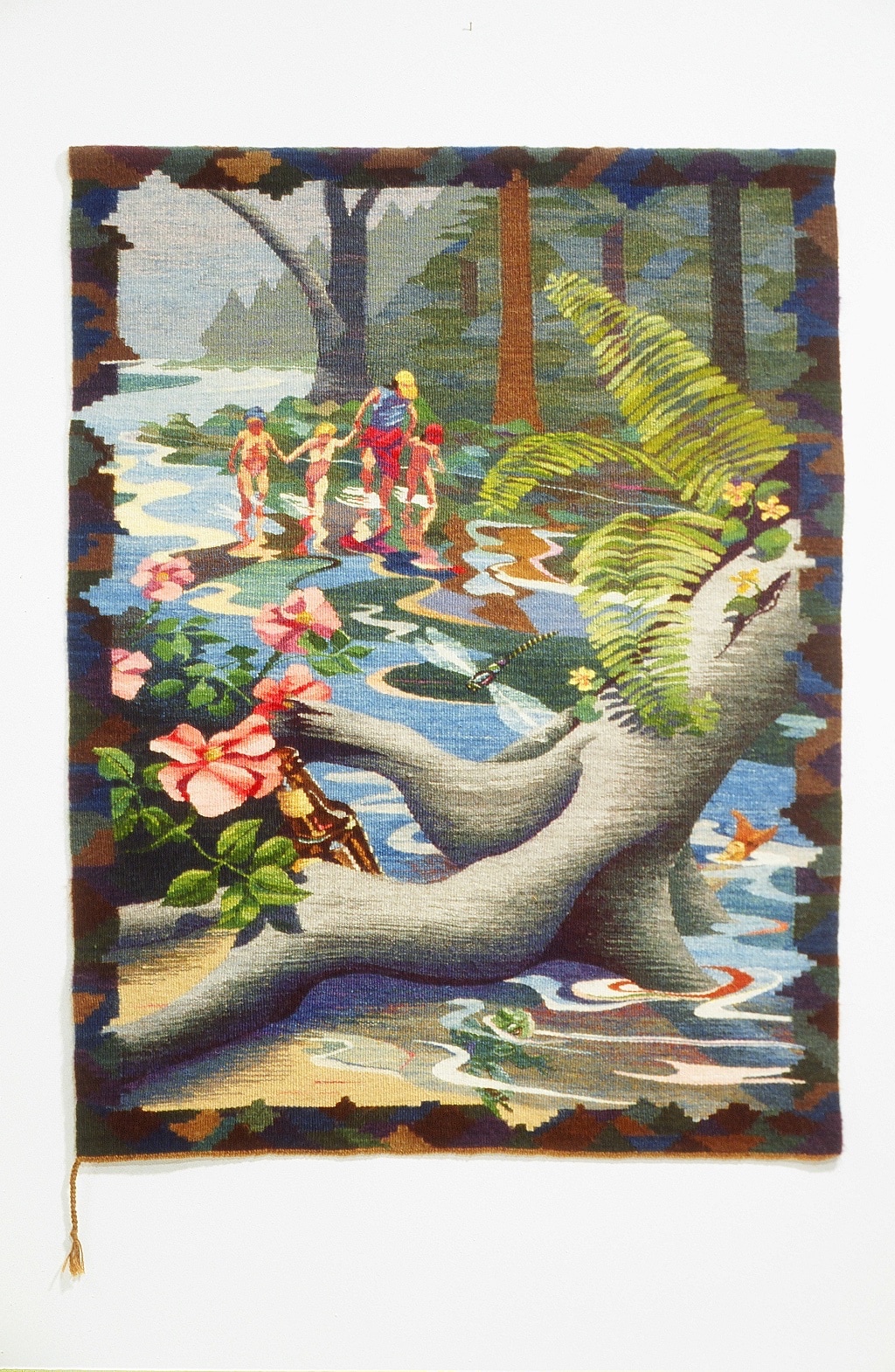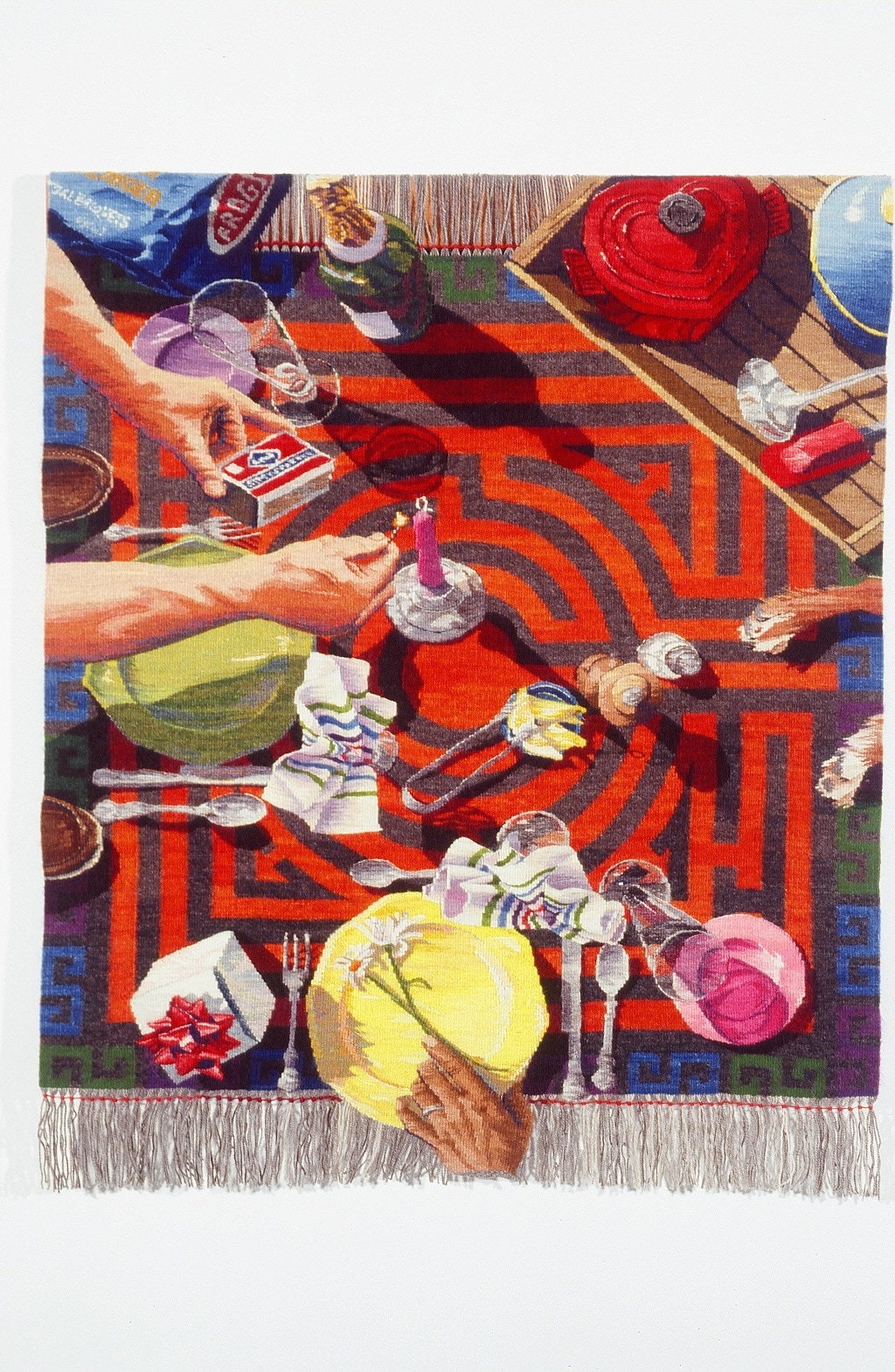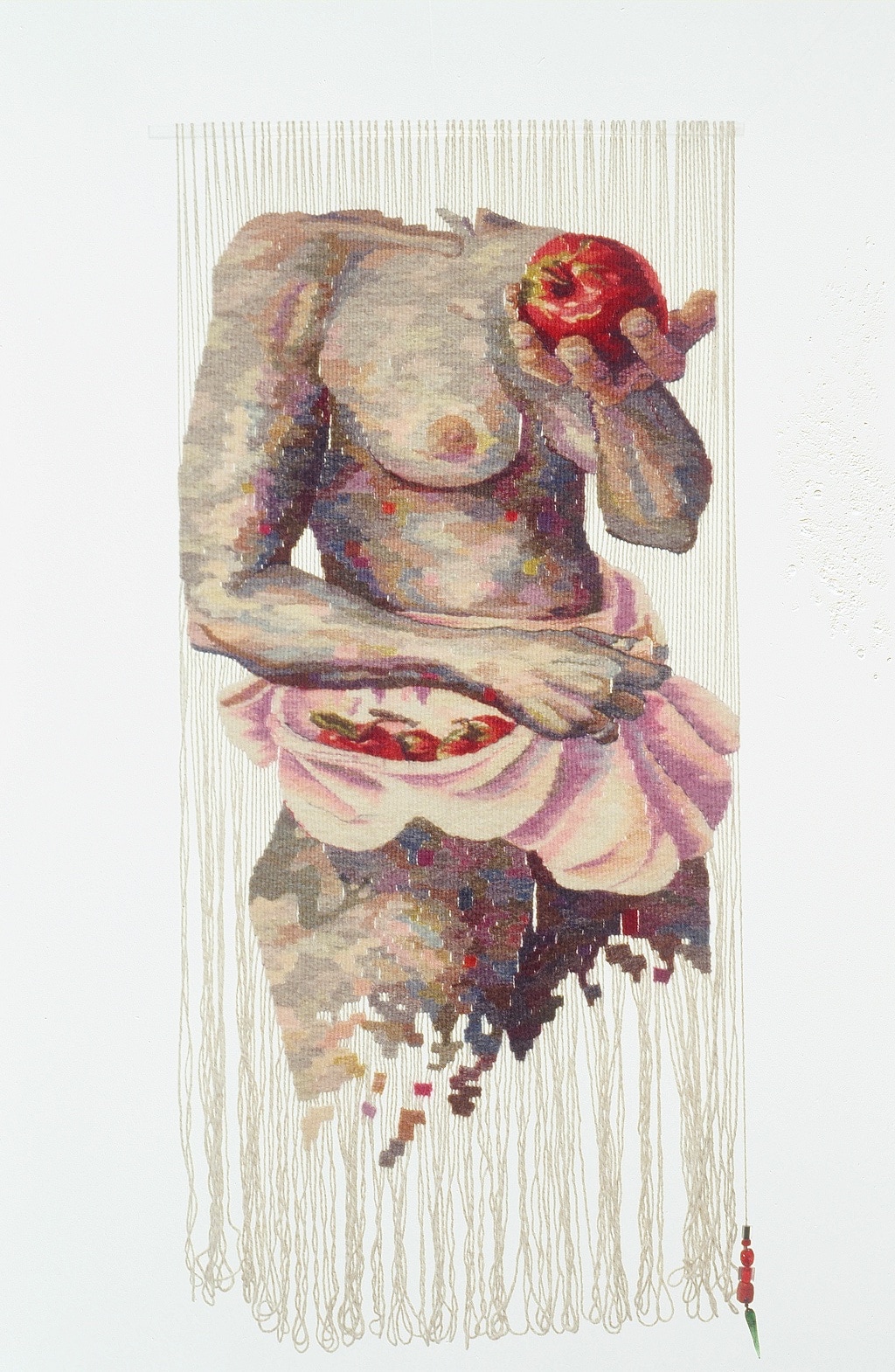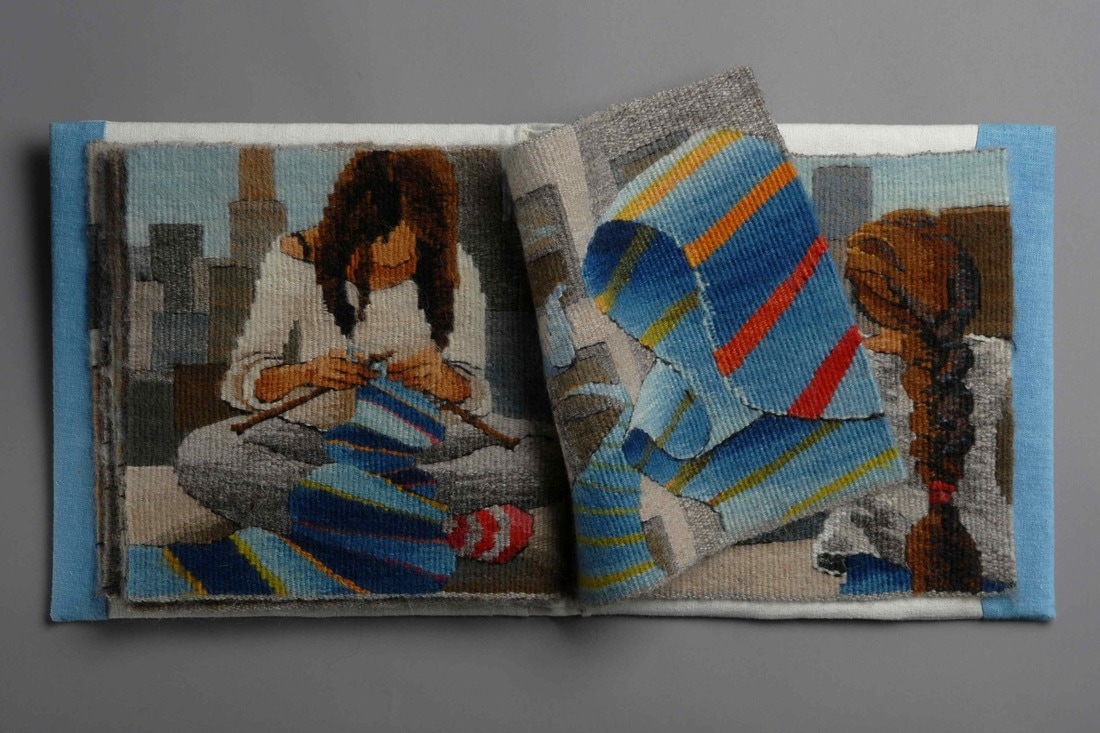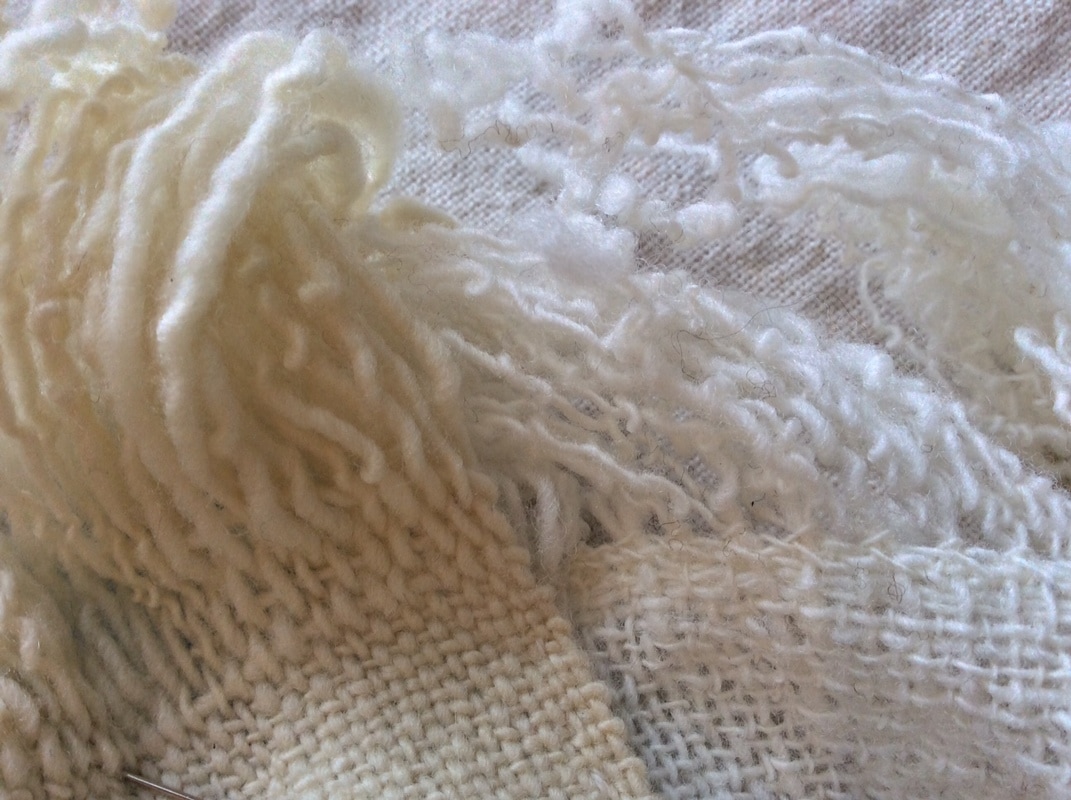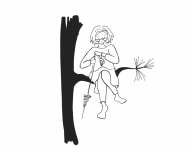And then maybe I should mend those holes in my long undies.
|
It's probably time if the leather tears when removing the old soles, 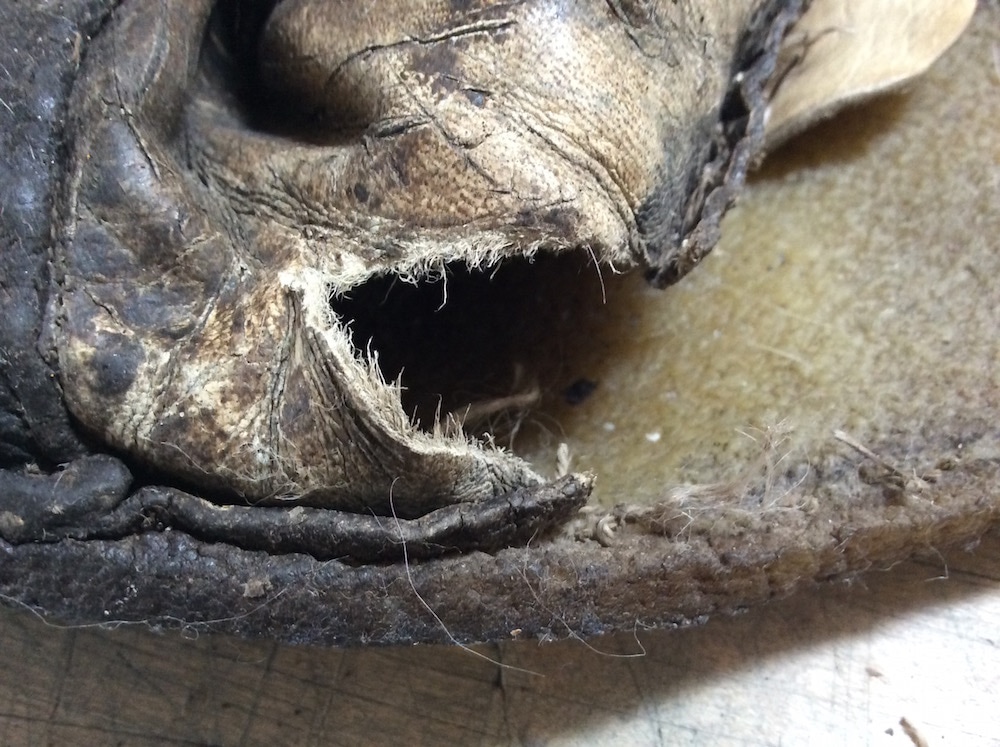 and certainly when when previous patches are falling apart. But here's an old toothbrush, and that bottle of shampoo I don't use because it turns my hair yellow. A little scrub means they'll look less disgusting when I hang them on the wall. But I don't want a shoe shrine. And I'm not ready to toss them in the compost. Just a few stitches. And hey -- here is that pile of leather scraps my friend Ivy game me. None are large or sturdy enough for a new pair or shoes. But there are so many colors! I guess there is life in the old shoes yet. I see that it is about a year and a half since I last resoled these shoes,
and three years almost exactly since I made them. For the technically minded among you, I run about 25 miles a week which makes about 1500 miles per set of soles, give or take, since sometimes in the summer I wear a yellow canvas pair, and sometimes I wear no shoes at all... One of the myriad lovely things about spinning miles of white wool and weaving it into yards of white cloth is the thinking time. Today, being Valentine's Day, I'm supposed to be thinking about Love. But instead, as I open each shed, slide the stick shuttle across the warp grasp it with waiting fingers, adjust the position and angle of the yarn with the flick of a wrist and press that strand into place before opening the shed again, I dwell on devotion. Devotion feels kind of like love, but more, well, nuanced. It includes commitment and a bit of obsession. There is passion, to be sure, and inspiration-- at least now and again, but not too often and not too much. I think it also includes dedication, but without the need for ceremony. No externally imposed ceremony, I mean. Devotion is all about the simple daily ceremonies of doing of whatever it is. Indeed to me it feels active. It involves a practice: stuff to do, a thing or an idea with which to engage even when inspiration has gone in search of something more stimulating or popular and passion is taking a nap. There a simple kind of pleasure in devotion,
pleasure that has nothing to do with measurable results or goals and can be as seemingly simple as transcending boredom, which is sometimes no more than a willingness to keep going despite the prickles of tedium, until the tiniest shift in the light or the brush of hand against cloth feels like the center of everything. In 1989 I learned to weave because I wanted to sew clothing from yardage I had woven with yarn I had spun myself. It seemed a simple goal. But Shirley Medsker, Professor of Textiles at the University of Idaho and reigning monarch of the massive light and loom filled expanse on the the third floor of the College of Home Economics (now family and Consumer Sciences) building, made it clear that quite a few scarves and placemats and dishtowels would have to go on and come off various looms before I would be ready to think about yardage. And every scarf and dishtowel and placemat and baby blanket and shawl had annoying warp ends that needed to be managed in some way or other. We (Shirley's students), could hide them with a hem or elegantly emphasize them with hemstitching. We could braid or twist the warps into sinuous clumps or experiment with knotting techniques from around the world. None really appealed. Warping was fine. I liked to warp the looms. But this business of dealing with the ends -- Ugh. Yet there they were, on every single warp. Obligingly (I was an anxious student with ideas about going to Vet School), I tried many of the suggested methods but never quite got over my knitterly affection for a clean selvedge. Perhaps weaving wasn't really for me after all. But I had a wedding dress to make, and I still liked warping, so I persevered. Then Shirley insisted that I take a tapestry workshop with Joanne Hall who was coming to town.. I fussed a bit (this was so not what I cared about), but eventually succumbed and, needless to say, Shirley was right and I was sunk. Weaving images was just so interesting. Joanne taught us to weave from the front, drop the weft tails to the back and use linen warp as in the Scandinavian tradition, so this was what I did for the next few years. Eventually, however, dealing with the warp at the end of each project made me crazy once again. The Linen was lovely to work with and smelled delicious, but all that effort at the end of a tapestry to hide the cut ends was horrid. Tacking the strands to the back, weaving hems to hide them (always unsightly and bulky), or otherwise managing them in some fashion seemed both makeshift and un-worthy of the textile I'd just woven. And I won't even go into my discomfort with all those weft ends dangling at the back--a different kind of seemingly unavoidable fringe--that wore away at my affection for what I was making. Perhaps tapestry wasn't really for me after all. Luckily I came across a couple of books--for how else would an isolated tapestry weaver gather information in the days before the internet? From Working With The Wool by Noel Bennett and Tiana Bighorse I learned to 1. Start with a wool warp (hand spun because who would trust anyone else's warp and anyway where would I buy it?), and 2. Weave in in all the ends while building shapes (wool on wool holds together so well). Perfect. Two problems down. Then from Peter Collingwood's book The Techniques of Rug Weaving, I learned a twined edging that leaves a clean edge with just a little braid at the corner as a reminder of the clothness of the thing and entirely eliminates those unsightly and bulgy hems I hated so much. This kept me quiet for the next five years/ fifteen or so tapestries. But you know how it is -- a gal can get in a rut and needs the odd jolt. In my case, I think I was tipped into a new direction by one too many people complimenting my work with some variation of the phrase: "It's almost like a painting!" And though I know they meant it kindly, this phrase began to feel like sandpaper on my skin. "Thank you so much," I would invariably say. But inside I began to fume: I'm not a painter. This is not a painting. See that cute little braid in the corner? See how I have not tortured it by stretching it permanently on a frame? See how nicely it moves and flows when you walk by? See how I can roll it up and tuck it under my arm or use it as an extra blanket when shivering on a cot in a motel? See how it looks good in all light levels? See how it absorbs sound? Tell you what. I'll weave a series of pieces where the fringe is essential to the composition--now, just try to find painted fringe that looks as good as the real thing. I dare you! You could paint a better match box, for sure, but not the fringe. Clearly I had something to prove, which is always energizing. Plus it was exciting, a time filled with new techniques to learn and 'unvent' as Elizabeth Zimmerman used to say: how to weave out over nothing and still make sure that the woven shapes stay in place, for instance. I also loved that the grey fleeces I was using for warp could show themselves in all their glory. During that time I also wove a lot of nudes, though perhaps this was merely a parallel evolution. At any rate, I worked this way on and off for the next three years until new ideas took hold, as new ideas invariably will. Eventually, too, I decided to give myself over to paint for a chunk of time (egg tempera), so i could see what all the fuss was about. This too, was interesting and surprising but didn't take in the long run. Painting is so...so... wet. But I did discover that some tapestries could be paintings, which was useful. And that others could be novels. This was even more important because the novels led to comics which in turn led to a four-selvedge tapestry workshop with Susan Martin Maffei when I needed an infusion of brilliant tapestry energy, and that in turn freed me at long last from the quandary/ tyranny of edge finishing. Indeed, insofar as I seem to have some kind of big revelation/ shift /fit about my work every five years or so, this business of incorporating four selvedge warping into my practice was seismic. The lack of warp ends that had to be 'dealt with' in one way or another, led me to fall in love with the physicality of the objects I was making in a whole new way. Their distinct edges and clean backs have, for me, a visceral integrity I find difficult to articulate, but which has allowed me to get the work off the wall and into the air where the cloth can interact with the world (mobiles, books etc) in what feels to me a truly textileish way. Which, if you're a regular blog reader you'll know, has accidentally and almost against what I thought was my will, led me to the super simple, translucent and utterly textileish lengths of cloth I have been weaving for the last few months,
lengths of cloth I am now sewing into larger swaths, lengths of cloth every one of which has fringe.... I wonder how this will turn out... |
Sarah C Swett
|
